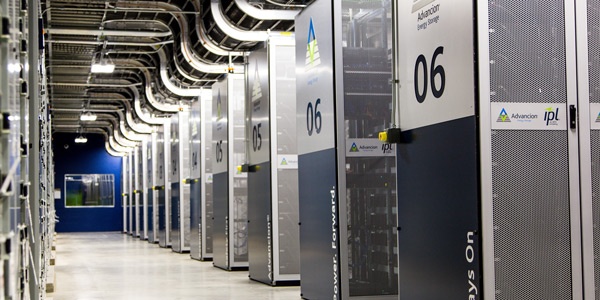By Amanda Durish Cook
Consumers in MISO and PJM could save about $7 billion a year if they adopt several market changes that the Wind Solar Alliance recommended last year, the group said last week.
According to a new report prepared for WSA by Grid Strategies and Milligan Grid Solutions, with more wind, solar and storage on their grids, average residential customers in the PJM and MISO region could save up to $48 each year.
The findings are a follow-up on last year’s WSA report that concluded MISO and PJM could keep electricity reliable and affordable through more than 30 market changes aimed at incorporating renewable generation. (See Report: MISO, PJM Must Change Markets for Renewables.) WSA advised MISO and PJM to create multiday forecasts, compensate reactive power, create primary frequency response markets, price the “inflexibility” of conventional generation, incentivize more accurate renewable forecasting and stock contingency reserves to offset drops in renewable output, among other suggestions.
The new report quantifies only some of those market changes, including limiting the self-scheduling of conventional generation, removing PJM’s minimum offer price rule, incentivizing consumers to adjust their demand based on real-time market prices and allowing renewables and storage to provide reliability services.

Harding Street Energy Storage in MISO | AES
WSA’s interim director, Kevin O’Rouke, said the findings should be particularly interesting for consumer advocates and that he hoped regulators and market participants would use the new report to “advocate for more consumer-focused market structures going forward.”
“Here we’re focused on what this means for your pocketbook. … We’re talking about large amounts of money here, billions of dollars for MISO and PJM,” Grid Strategies Vice President Michael Goggin said during a webinar Wednesday to discuss the findings.
Goggin said the savings are dependent on renewable penetration increasing in both RTOs.
“The unfortunate reality is that across the country in RTOs, wind and solar are kept from being able to offer reliability services. … I think it’s because these rules were written a decade ago. I think technology is moving so quickly that the rules haven’t kept up,” Goggin said, adding that wind and solar generation and battery storage can provide ancillary services “as well or better” than traditional generators.
Greg Poulos, executive director of the Consumer Advocates of the PJM States, said more wind and solar integration could be beneficial to the RTOs.
“When we’re looking at hot weather alerts … it’s an extremely small sliver of solar that’s being used,” Poulos said.
“From where I stand, capacity markets, energy markets [and] ancillary services should be moving in the same direction, supporting innovation and capturing new technology to effectively meet customer demand,” Illinois Citizens Utility Board Deputy Director Kristin Munsch said.



